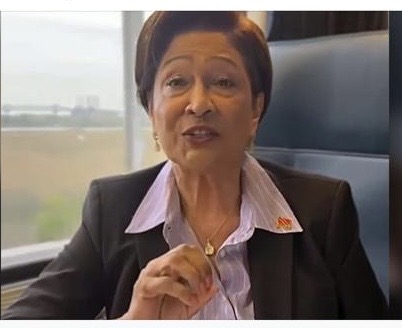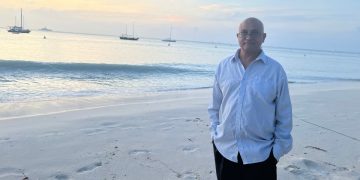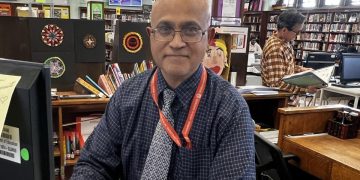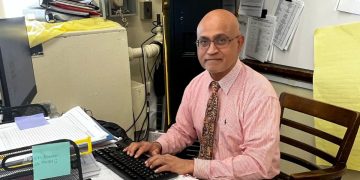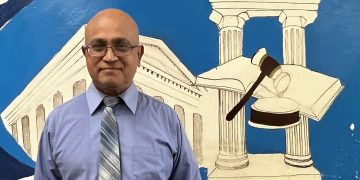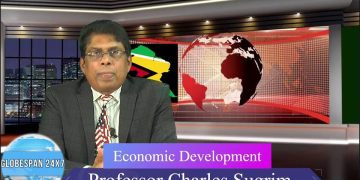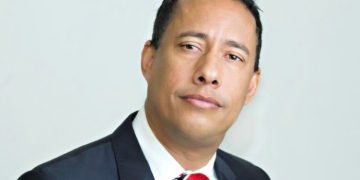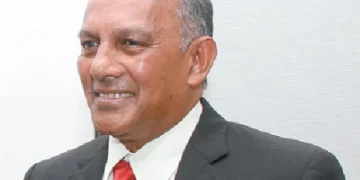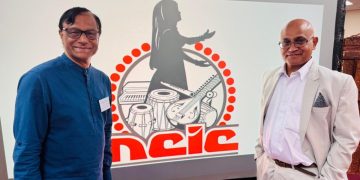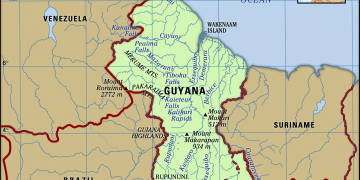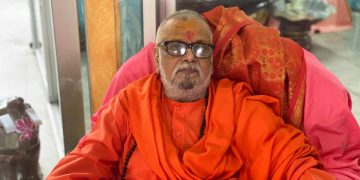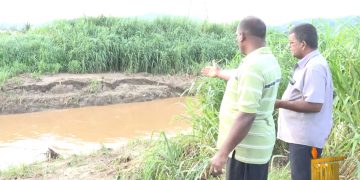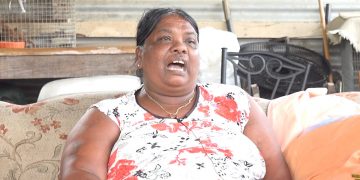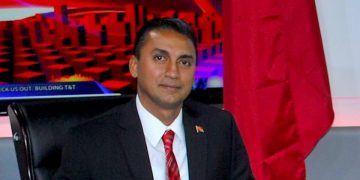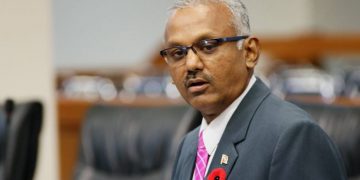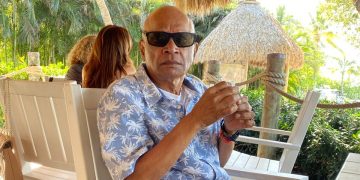Reference news report on complaints of (high) fares from Kingston to Piarco on T&T national state carrier CAL for Trinibagonians to escape dangerous Hurricane Melisa. The government is commended for its thought, prayers, and support for Trinibagonians in Jamaica and for the swift relief to them as well as for the people of Jamaica in the immediate aftermath of the destruction wrought by Melisa.
Prime Minister Kamla Persad Bissessar is applauded for the assistance offered to T&T nationals wishing to return home before and after the hurricane struck. The PM is also commended for rounding up millions of dollars in material assistance that was urgently dispatched to Jamaica.
Regarding students and other T&T nationals in Jamaica, the T&T Foreign Ministry reported, it reached out to them if they required assistance to return to T&T. Only a handful of students studying at UWI Mona Campus expressed a willingness to leave prior to the hurricane. CAL seats were made available to those wishing to leave the island. Two additional special flights were also arranged for those wishing to return to Trinidad and or other home destinations. Some took advantage of available seats (flights) and wisely so although there were complaints about the high fare.
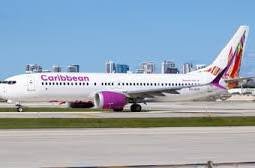
The media reported that students related that the fares between Kingston and Piarco were exceedingly high and kept rising as the hurricane approached or as demand for seats increased. That is the nature of demand for seats; fares rise as demand increases. Ministry reported that free flights was not feasible by the government or the carrier. CAL has been undergoing a difficult revenue period and has received marching orders to turn around the money losing government owned enterprise. And the students didn’t want to leave the island, interrupting their studies, only having to return after the hurricane passed. For them, it would have been an unnecessary expense. As it turned out, they would have been better off leaving the island considering the magnitude of the destruction; returning to class and normal studies would take weeks if not longer.
As for fares, it is not understood why an economy one-way fare between Kingston and Piarco was some US $750 or higher as the paper reported especially during an emergency to vacate an airport on life saving gesture. Fares between JFK and Piarco is on average US $425, twice the distance between Kingston and Piarco. CAL should have offered a fare at just above cost price. Students reported that the one-way fare initially was around $319 and just kept climbing. It would seem that $319 was the fare at which the carrier would not lose money. That should have been the base fare for all passengers wishing to escape the hurricane.
I have been in the travel industry for over forty years. The way fares are set depends on demand: airline put the lowest fare (a lettered class) for a small bucket of seats (say $150 for one way) and keep raising the fare for a subsequent lettered class (another bucket) of seats, all in economy. The same seat in economy could start at $150 and by the date of travel it could be $1000 for one way. First or business class will be much higher. This explains why fares from Kingston to Piarco kept rising; as demand rises, a different bucket (or class) of seats kicks in with a higher fare. All airlines set their fares this way to maximize revenues.
CAL, as a state-owned carrier, should set fares that encourages travel to maximize revenues. Studies have shown that foreigners (including diaspora that visit their former homeland) spends an average of US$2000 in addition to ticket fares (foreign currency earned). That is a huge sum of money being pumped into the economy, the circular flow and spread effects of which benefit everyone; taxes on purchases and revenues collected from employment enrich the coffer. The country benefits from affordable relatively low fares.
A few days ago, CAL ran a special fare (of between $119 and $149 plus taxes and baggage costs) from USA to T&T ($389 including a checked piece) and Guyana for a limited 72 hours. The fares should have filled the aircraft. If not, the sale should be extended to fill the aircraft. When George Nicholas was Chairman of CAL, 2010 to 2012), he promoted low fares to fill the aircraft; as a businessman, he understood that the carrier would maximize revenues and the country foreign currency when the flights were (or close to being) filled; the carrier didn’t lose money. This is a concept that the board during the last decade did not understand. It seems like the current board masters this concept because it approves a low sales price. The high Kingston to Piarco fare was an aberration; there should have been an affordable humanitarian fare during the hurricane.
I don’t know if the current board understands this concept of low fare and maximum load that brings in foreign currency and increased revenues. The country benefits from an increase in load (diaspora or foreign tourists) because they would spend a lot of money. The data on flight load is not known. But when I flew (some six flights annually) during 2010-15, load was high. When I flew over six flights annually over the last decade, load was about 65%; has high fares driven away passengers who flocked to other carriers operating from USA?
CAL needs to implement an affordable relatively low fare as it did during Kamla first term that will increase load capacity and revenues to CAL as well as government coffer.
